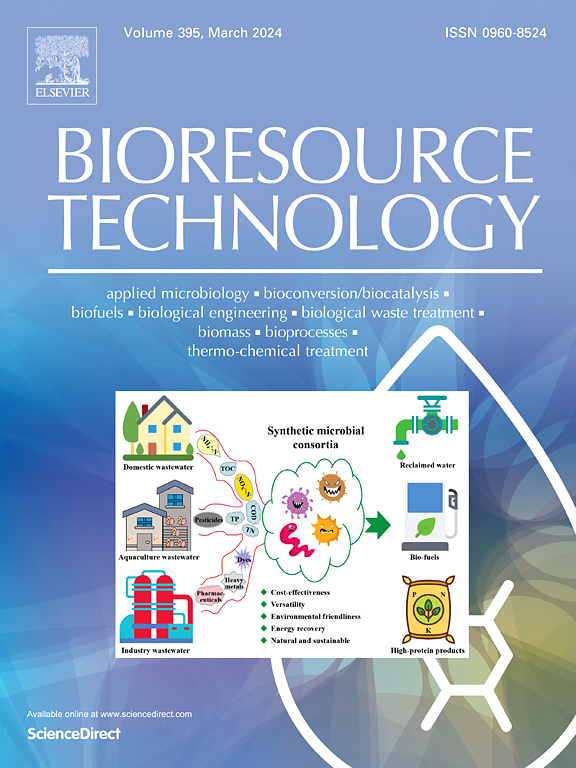Promoting the glycosylation of drug-like natural products in a Saccharomyces cerevisiae chassis by deletion of endogenous glycosidases
IF 9.7
1区 环境科学与生态学
Q1 AGRICULTURAL ENGINEERING
引用次数: 0
Abstract
Glycosylation is an effective strategy to improve the absorption, distribution, metabolism, excretion, and toxicity of natural product (NP) pharmacophores. While heterologous production of broad-spectrum fungal glucosyltransferases such as BbGT86 of Beauveria bassiana yields varied phenolic glucoconjugates in S. cerevisiae, endogenous yeast glycosidases diminish the conversion yields and limit the structural diversity of the products. We set out to improve the efficiency and broaden the regiospecificity of the glucosylation of NPs or their unnatural product analogues (uNPs). Using yeast strains deficient in exoglycanases EXG1 or SPR1, we evaluated total biosynthetic and biocatalytic synthetic biology platforms to produce glycoconjugates from polyketides of the benzenediol lactone family, and polyphenols of the phenylpropanoid class. We show that for 13 out of the 18 aglycons tested, exoglycanase deletions improve glucoside yields and/or alter glucoconjugate regioisomer distributions, while macrolactone glycoconjugates with an aryl methylene ketone moiety are impervious to hydrolysis by EXG1. We demonstrate that elimination of EXG1 or biosynthetic methylation of glucosides are efficient alternative strategies to differentially modulate glycoside regioisomer profiles for future pharmaceutical, nutraceutical or crop protection applications.

求助全文
约1分钟内获得全文
求助全文
来源期刊

Bioresource Technology
工程技术-能源与燃料
CiteScore
20.80
自引率
19.30%
发文量
2013
审稿时长
12 days
期刊介绍:
Bioresource Technology publishes original articles, review articles, case studies, and short communications covering the fundamentals, applications, and management of bioresource technology. The journal seeks to advance and disseminate knowledge across various areas related to biomass, biological waste treatment, bioenergy, biotransformations, bioresource systems analysis, and associated conversion or production technologies.
Topics include:
• Biofuels: liquid and gaseous biofuels production, modeling and economics
• Bioprocesses and bioproducts: biocatalysis and fermentations
• Biomass and feedstocks utilization: bioconversion of agro-industrial residues
• Environmental protection: biological waste treatment
• Thermochemical conversion of biomass: combustion, pyrolysis, gasification, catalysis.
 求助内容:
求助内容: 应助结果提醒方式:
应助结果提醒方式:


